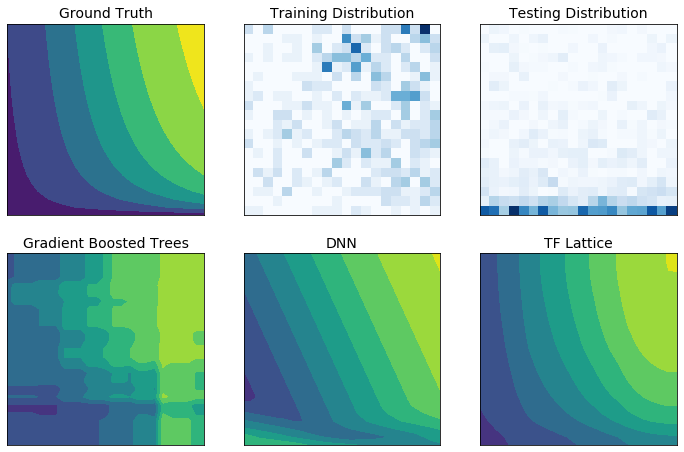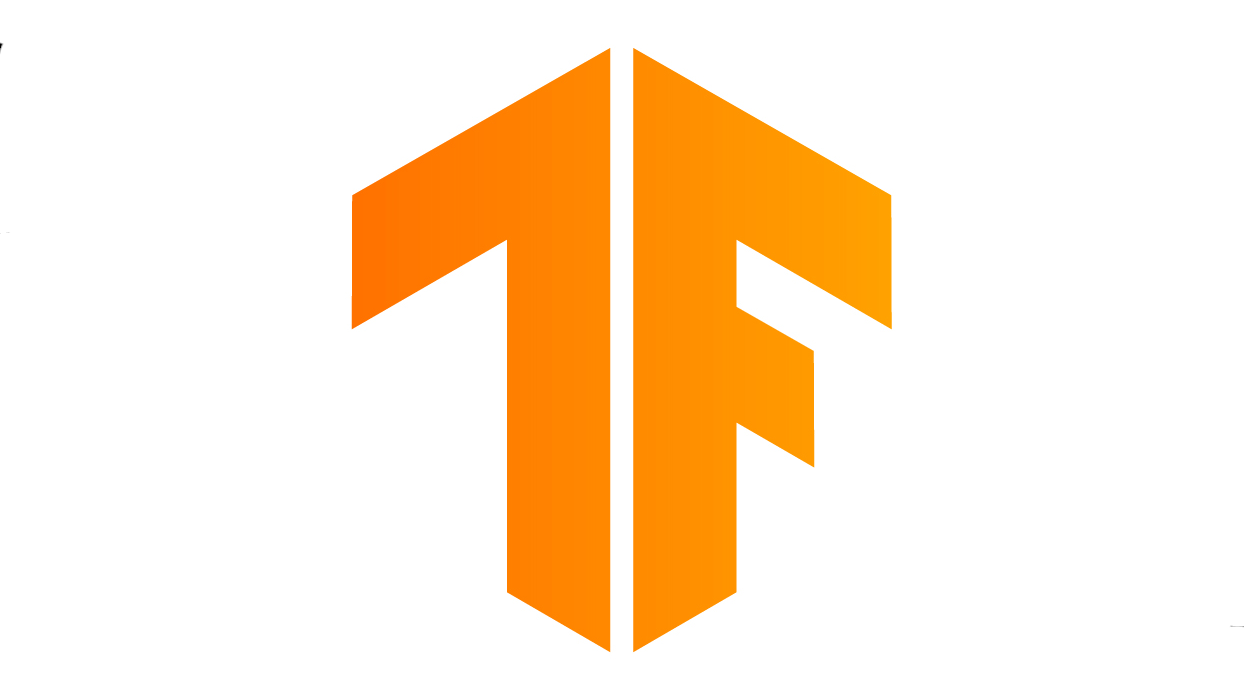ML ที่ยืดหยุ่น ควบคุม และตีความได้พร้อมโมเดลแบบ Lattice
import numpy as np import tensorflow as tf import tensorflow_lattice as tfl model = tf.keras.models.Sequential() model.add( tfl.layers.ParallelCombination([ # Monotonic piece-wise linear calibration with bounded output tfl.layers.PWLCalibration( monotonicity='increasing', input_keypoints=np.linspace(1., 5., num=20), output_min=0.0, output_max=1.0), # Diminishing returns tfl.layers.PWLCalibration( monotonicity='increasing', convexity='concave', input_keypoints=np.linspace(0., 200., num=20), output_min=0.0, output_max=2.0), # Partially monotonic categorical calibration: calib(0) <= calib(1) tfl.layers.CategoricalCalibration( num_buckets=4, output_min=0.0, output_max=1.0, monotonicities=[(0, 1)]), ])) model.add( tfl.layers.Lattice( lattice_sizes=[2, 3, 2], monotonicities=['increasing', 'increasing', 'increasing'], # Trust: model is more responsive to input 0 if input 1 increases edgeworth_trusts=(0, 1, 'positive'))) model.compile(...)
TensorFlow Lattice เป็นไลบรารีที่ใช้โมเดล Lattice ที่มีข้อจำกัดและตีความได้ ไลบรารีช่วยให้คุณสามารถแทรกความรู้โดเมนลงในกระบวนการเรียนรู้ผ่าน ข้อจำกัดด้านรูปแบบ สามัญสำนึกหรือนโยบาย ซึ่งทำได้โดยใช้คอลเลกชันของ เลเยอร์ Keras ที่สามารถตอบสนองข้อจำกัด เช่น ความน่าเบื่อ ความนูน และวิธีที่ฟีเจอร์โต้ตอบกัน ไลบรารียังมี โมเดลที่สร้างไว้ล่วงหน้า ที่ติดตั้งง่ายอีกด้วย
ด้วย TF Lattice คุณสามารถใช้ความรู้โดเมนเพื่อคาดการณ์ส่วนของพื้นที่อินพุตที่ไม่ครอบคลุมโดยชุดข้อมูลการฝึกอบรมได้ดียิ่งขึ้น ซึ่งจะช่วยหลีกเลี่ยงพฤติกรรมของแบบจำลองที่ไม่คาดคิด เมื่อการกระจายการให้บริการแตกต่างจากการกระจายการฝึก




